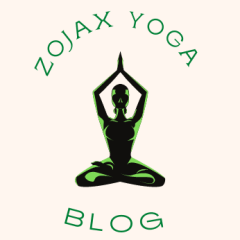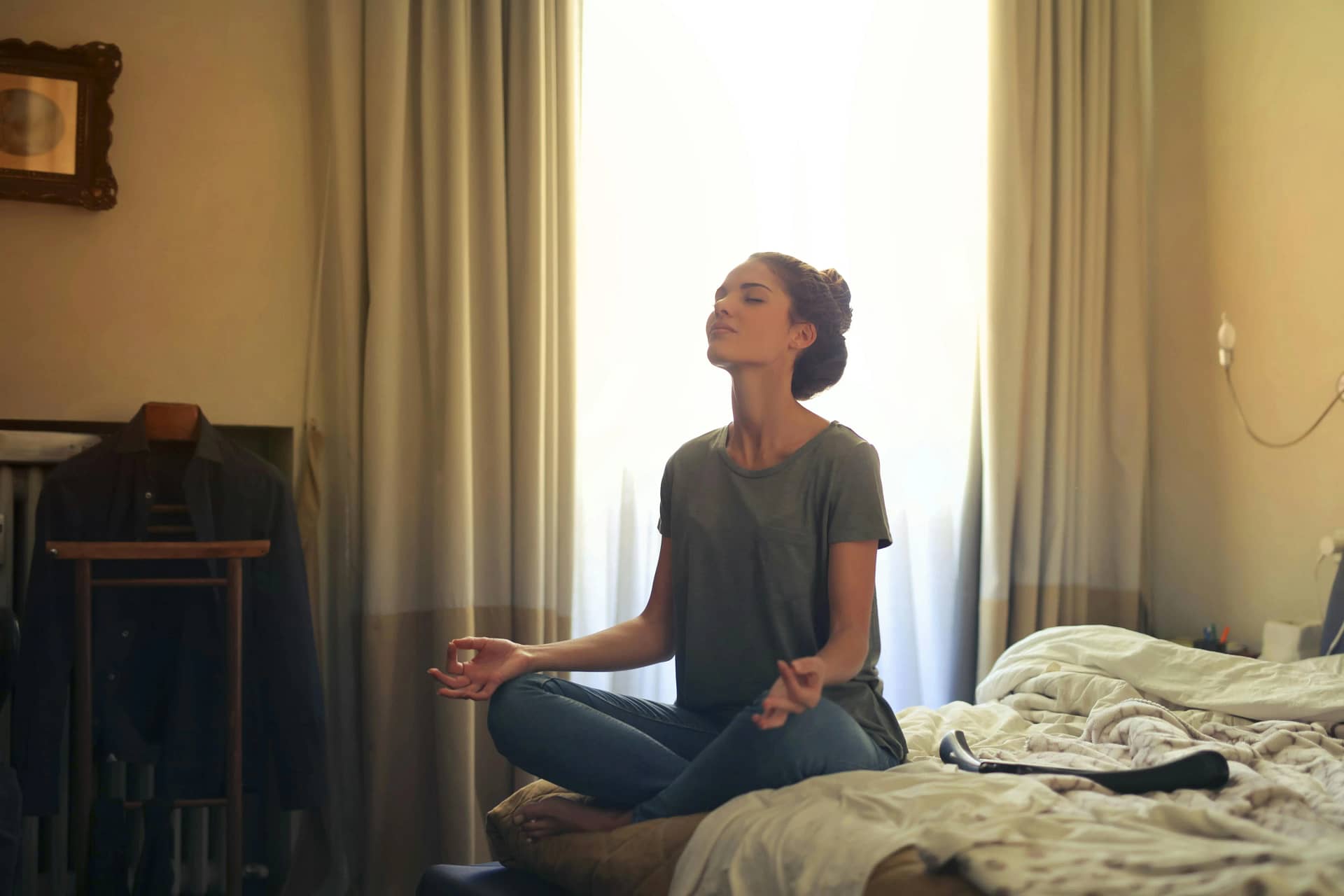Is the idea of going to meditate interesting to you?
Many individuals believe that meditation might help them reach a higher goal, find balance in their lives, or relax.
It is often good to explore and test a variety of teaching methods before selecting which one is ideal for you.
First and foremost, we must understand what is meditation.
Meditation is a level of awareness in which we are fully present in the moment.
It must have a purpose, which we will concentrate on.
Here are 6 Meditation techniques techniques:
Autogenic training
Many people will not associate autogenic training with meditation at first, although it is.
Teachers, on the other hand, typically link it with exercise and relaxation rather than meditation.
The reason for this is because autogenic training was created by a Westerner, especially J. H. Shultz, a German neuropsychiatrist.
He avoided the term “meditation” because he was aware of the prejudices that the word might evoke in Westerners, and thus made autogenic training a popular practice.
Autogenic training, on the other hand, is quite similar to some meditation approaches and can therefore be categorized as meditation.
There is no metaphysical or religious background to autogenic training.
It is free of terminology such as “chakra” and “universal cosmic energy.”
Through observation and autosuggestion, autogenic training tries to assist the exerciser come to know his body and learn how it operates.
The technique is very helpful for stress relief and relaxation.
The technique does not require the exerciser to take a specific position or sit upright, which is appealing to everyone who enjoys relaxing in their favorite armchair, but it also hides the risk of someone trying to exercise and falling asleep (because he is too relaxed).
Pranayama is a breathing technique used within yoga.
Pranayama is a yogic breathing practice that originated in India and is a component of Hatha Yoga.
People are most likely to learn about this meditation at a yoga session, where they discover that it involves not only stretching but also breathing exercises known as Pranayama.

Photo by Andrea Piacquadio from Pexels:
Pranayama is an excellent practice for Westerners because it draws their attention to their breathing, which is something that we take for granted in our culture and don’t think about.
The fact is that even just by following the breath, you can see what state your mind is in. For example, when you are upset, your breath is short and fast. When you are relaxed, your breath is light and slow. Pranayama asks the practitioner to actively regulate his breath in order to achieve a high degree of relaxation.
Pranayama is frequently ascribed a lot of “magical characteristics,” such as rejuvenation and healing.
One yoga studio even claims that beginners should not exercise for more than 3 minutes as this will raise too many toxins (whatever that implies) (whatever that means).
The technique, on the other hand, is beneficial and allows us to unwind and relax in a natural way while also learning about the relationship between breath and body.
It’s especially good for stress-related mental diseases like anxiety and despair (and most other meditation techniques are effective for anxiety and depression, so we will not list these below).
Vipassana – Buddhist meditation
Vipassana (Satipatthana) is an ancient meditation that also comes from India. It has been known for over 2500 years. The technique has no mystical elements in it and is very goal-oriented.It helps to analyze the reality that manifests in the body; the objects of observation are breathing (dubbed Anapana by others) and sensations in the body
As the meditator’s concentration improves, he is able to detect more subtle and minor changes (either in breathing or in the body).
It is clear that every change it detects as temporary.
This capacity allows the people to function normally outside of meditation.
Vipassana meditation’s purpose is to bring about significant change, not just to relax or improve attention.

Photo by Mikhail Nilov from Pexels:
Transcendental meditation
Among all meditation techniques, transcendental meditation has the best marketing department.
Jerry Seinfeld, David Lynch, among other Hollywood stars practice transcendental meditation, which is the first thing you’ll notice on their websites.Transcendental meditation also has a very good business plan because if you decide to embark on it, you will need a “mantra” and don’t expect it for free. This technique has taken on all the characteristics of Western culture: it is charged, teachers are licensed (read: expensive), and it is talked about on the Oprah show.
In truth, getting information on meditation on the Internet is tough because most websites direct you to a “qualified teacher” who will explain everything to you.
The approach itself isn’t horrible; it’s practical and lacks a lot of mystique.
It is necessary to exercise for 20 minutes twice a day (for comparison, Vipassana is usually practiced twice a day for an hour).
Transcendental meditation has been extensively studied, and its beneficial effects have been confirmed.
If you can get over the first “Hollywood” element of the technique, the rest appears to be pretty good.
You can also meditate while sitting in an armchair, which increases the chance of falling asleep during meditation, but since you are only exercising for 20 minutes, you should be able to stay awake.
Reiki meditation
The names “chakras” and “universal cosmic energy” are not used in some meditation techniques. Reiki isn’t like that at all. Reiki is filled with words from the East. Reiki is a type of energy healing that is focused on the good principles of kindness and helping others.
Reiki improves awareness and concentration through the practice of meditation.It is also focused toward the observation of physical sensations and activities.
Prayer
You may not have previously associated prayer with meditation, yet it is in essence the same thing.
Meditation is focused on prayer.
The person maintains his or her emphasis on prayer.
You may be suspicious about people slipping into trances as a result of their prayers, yet it is possible.
In fact, prayer is one of the most effective tools for achieving trance.
Of certainly, faith is essential; else, prayer would be pointless.
How to choose the “best” meditation technique?
It’s a good idea to ask yourself a few questions and let numerous elements guide you while picking a meditation technique. First and foremost, what is our goal and what do we want to accomplish through meditation?
Do we simply want a technique to help us unwind after a long day?
Do we wish to address a health issue (including mental health)?
Do we wish to be able to think more clearly and concentrate better?
Is there anything we want more than all of the above?
Another consideration is availability.
We must be able to use the technique at some point.
We don’t have any of those great skills that require you to visit a Himalayan cave to practice. It’s simply too far away and inconvenient for us. Common sense is the third factor.
People who practice a method should be observed; they are, in a sense, a reflection of that technique.
If the technique has a moral context or ideals, we must consider whether that background is appropriate for us and whether we agree with it.
It’s a good idea to investigate individuals who teach us the technique’s motivations, such as whether they’re doing it out of a desire to help us as someone previously helped them, or whether they’re doing it merely out of necessity, such as for profit.Another key point to remember is that once we start something new, we usually have a lot of questions.
It’s critical that the meditation teacher responds to all of our questions and that the responses are clear.
If we receive “fuzzy” responses, we may conclude that the individual in question either does not understand what he is teaching or does not want to provide us with an answer. This ignorance frequently manifests itself in the form of a “mystical response.” Here is an example of how to distinguish a “mystical” from a “logical” answer. Let’s say you ask the following question: “Why do I start breathing more slowly in the middle of meditation?”
Vegetarianism and meditation
A vegetarian diet is recommended by some techniques.
There are various reasons for this, the most notable of which being that a vegetarian diet is lighter and hence better for meditation.
It’s difficult to sit quietly and meditate after a heavy dinner.




